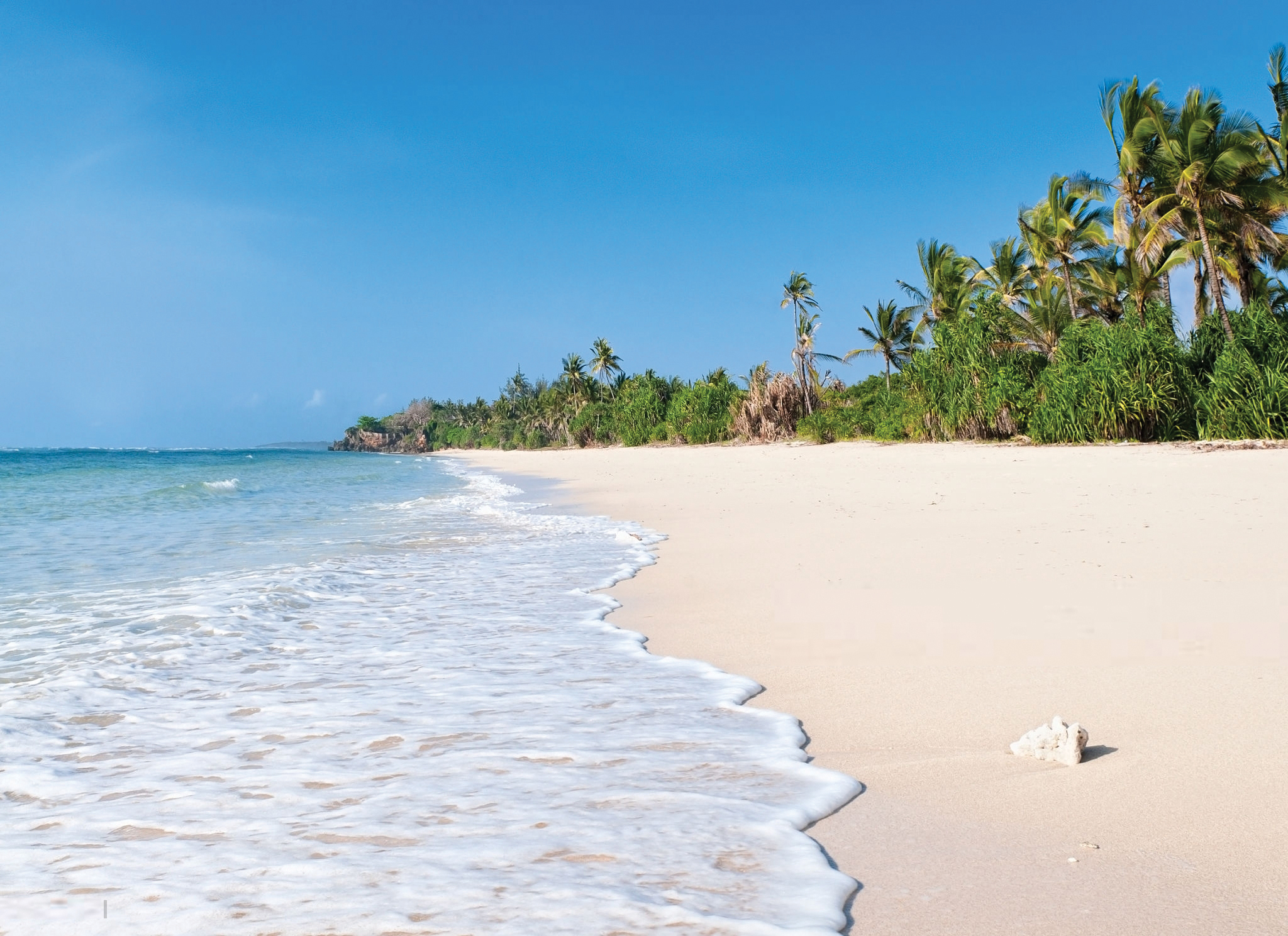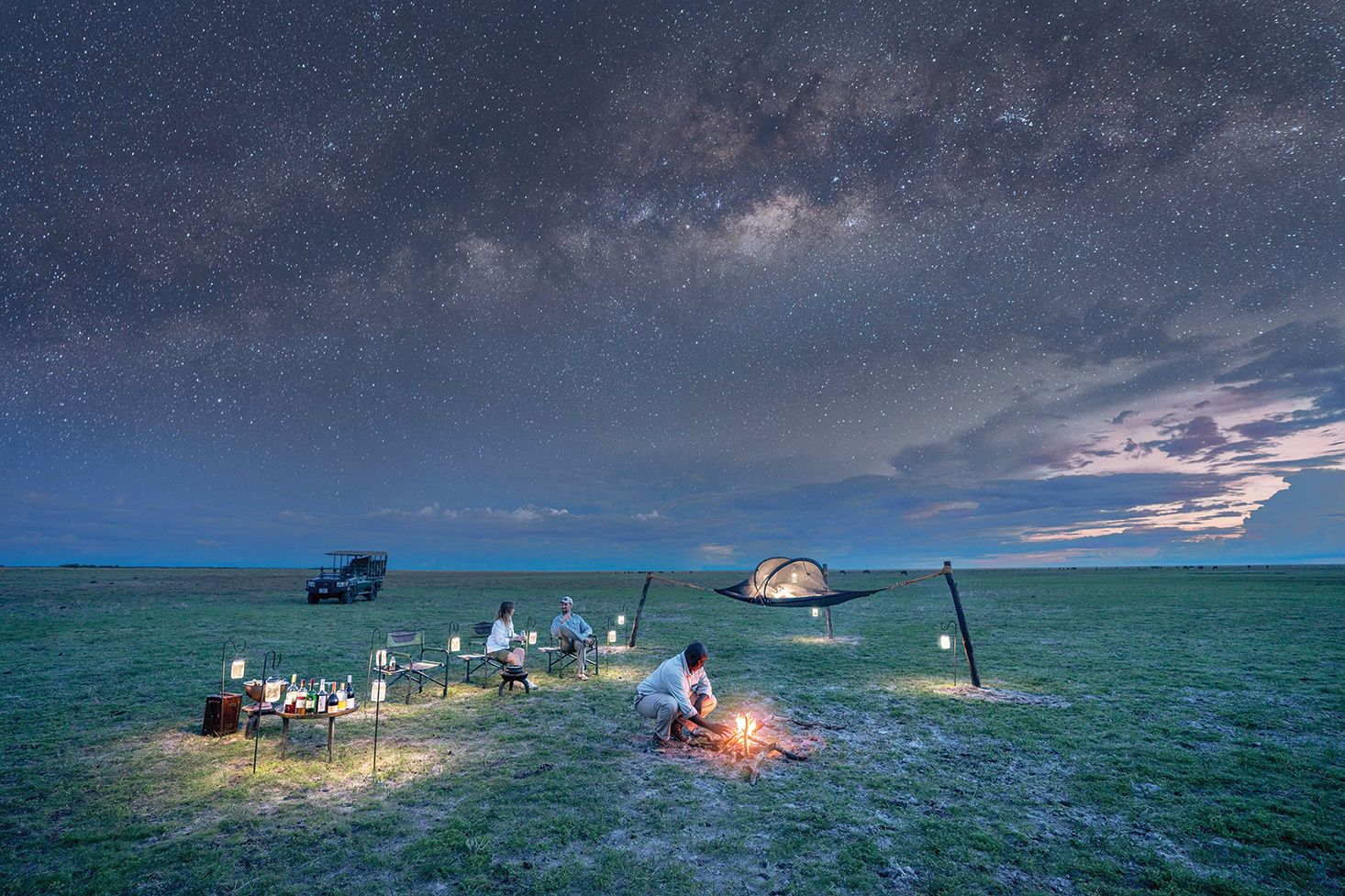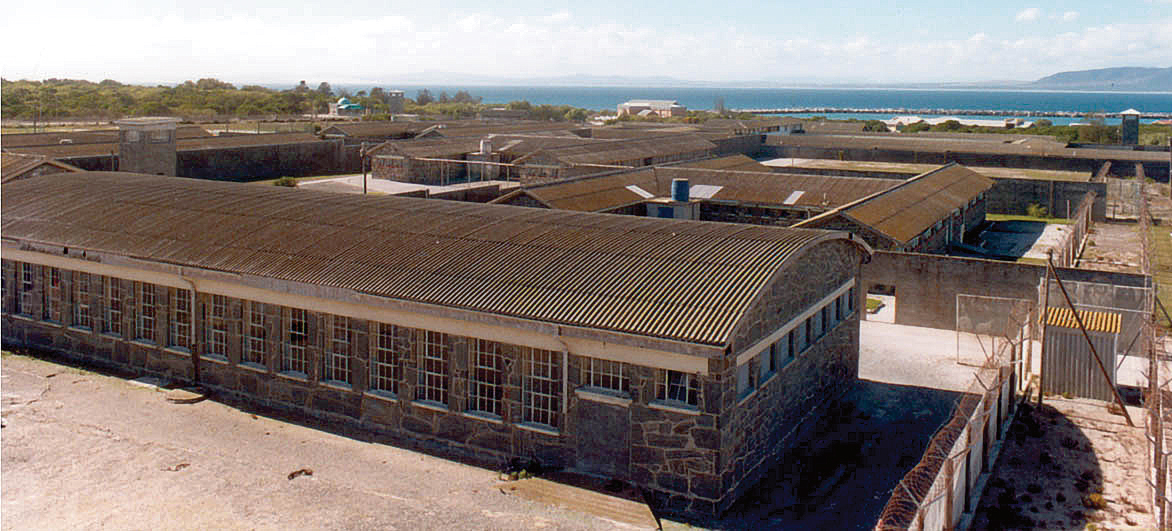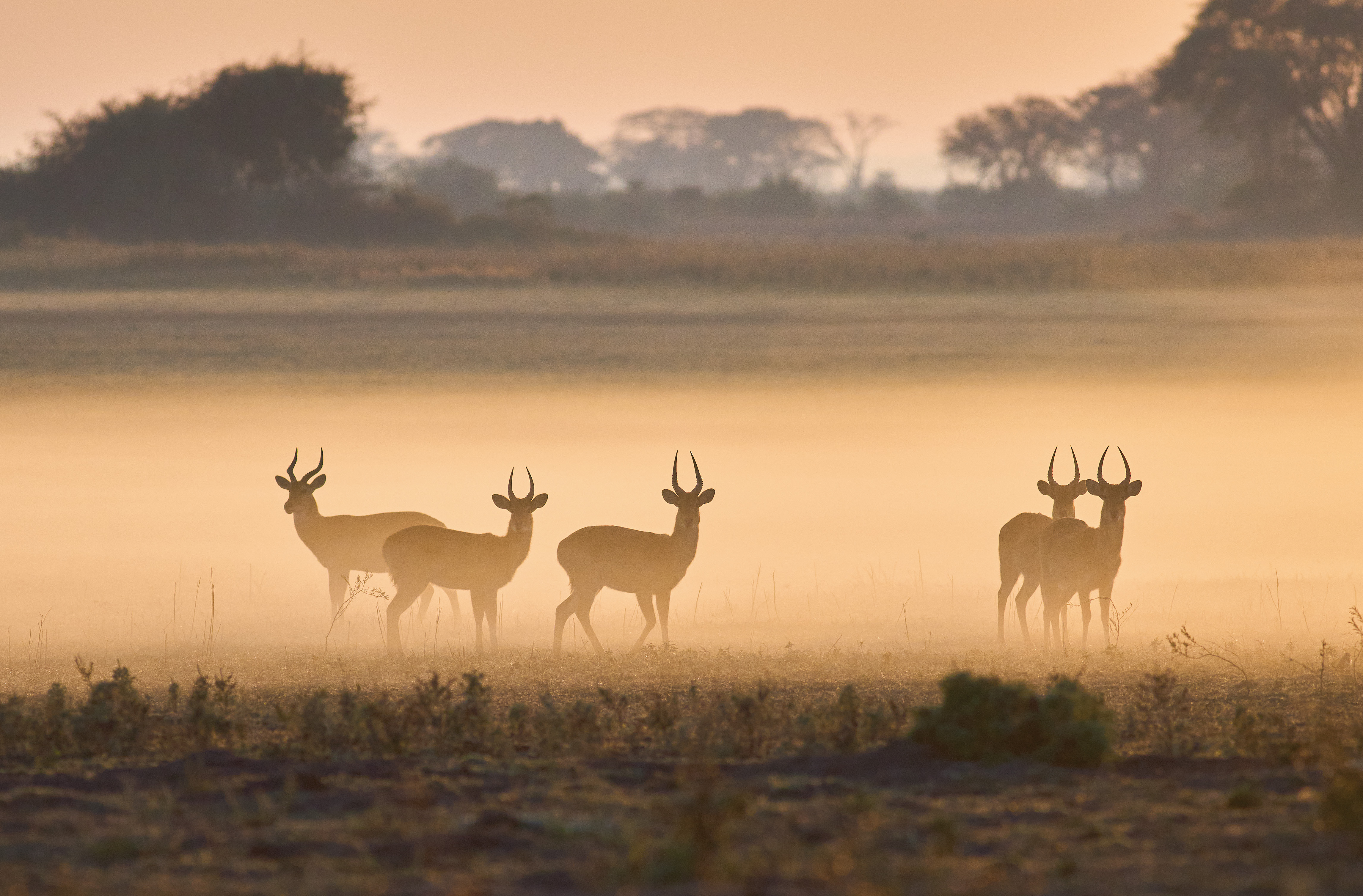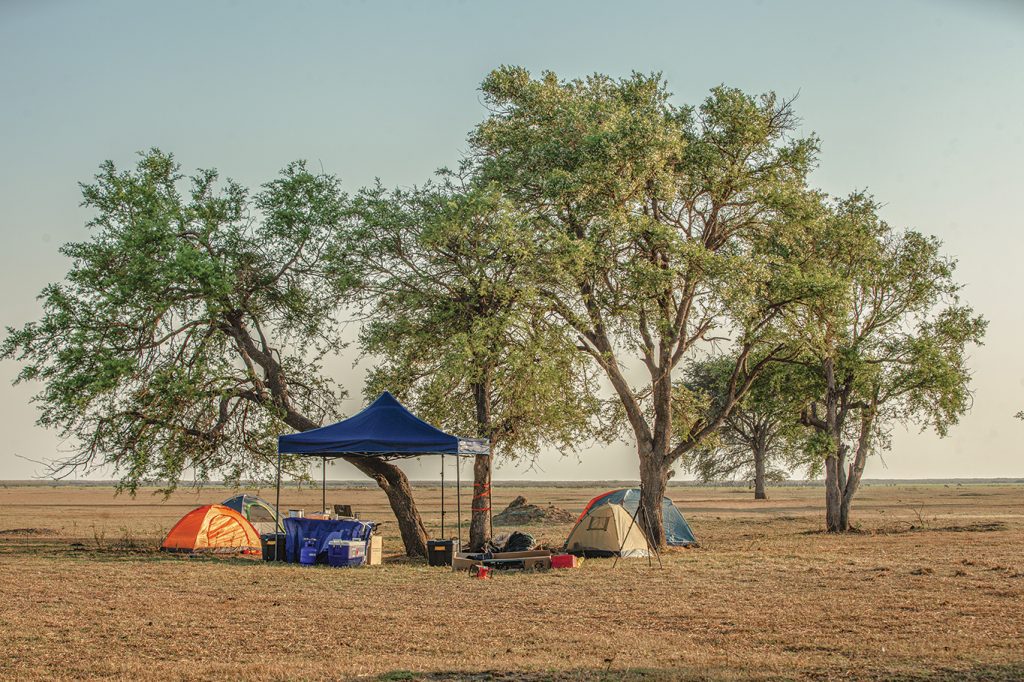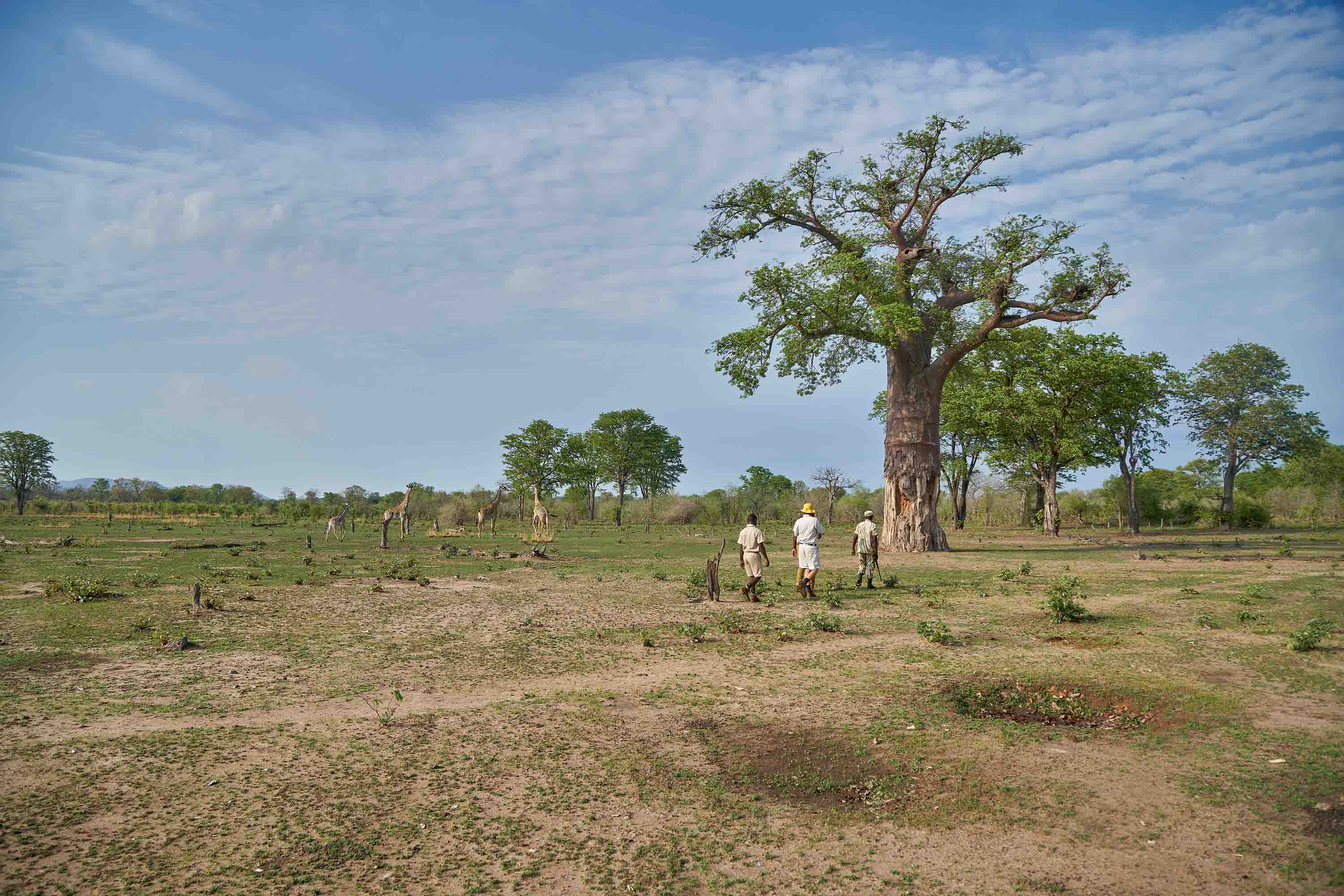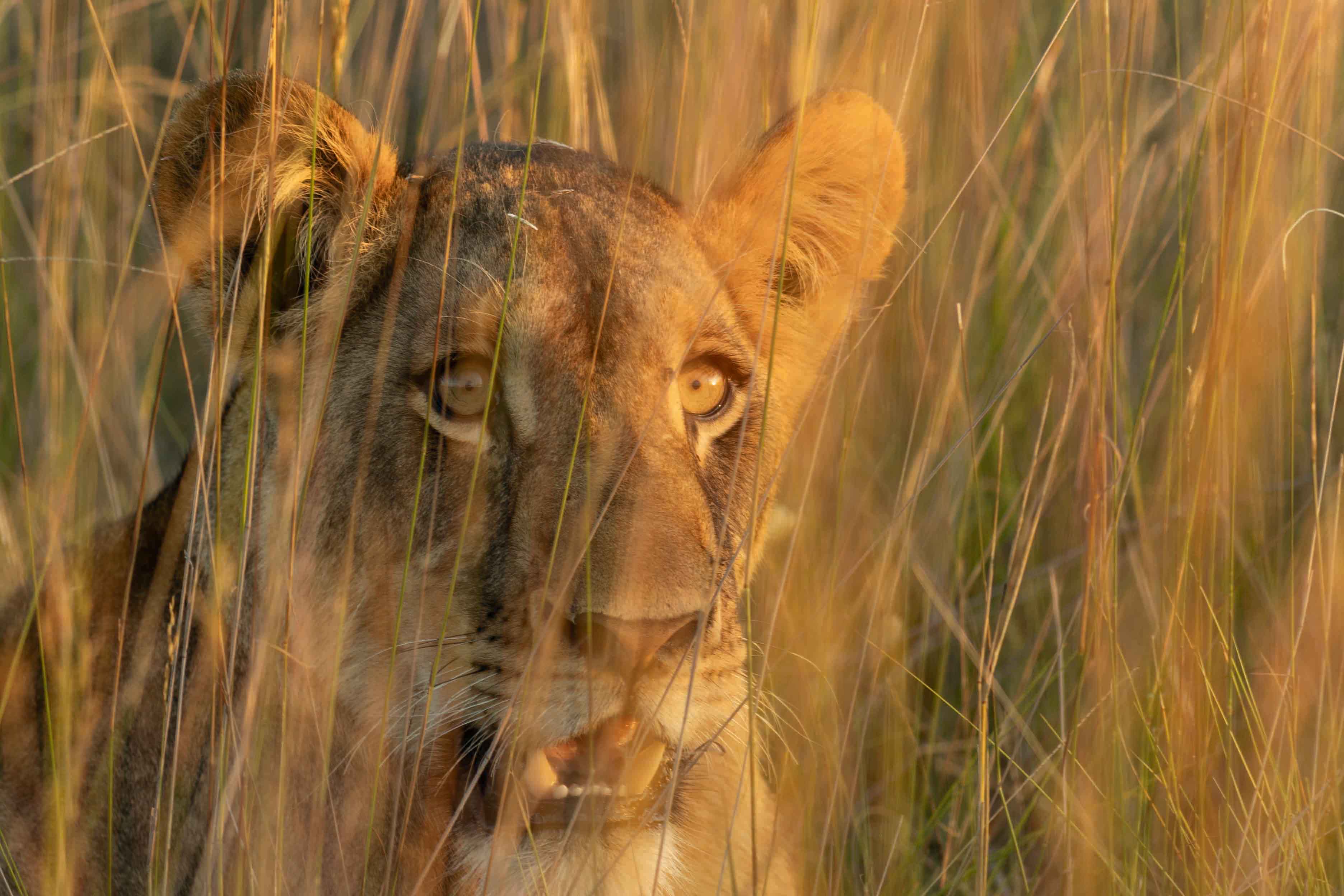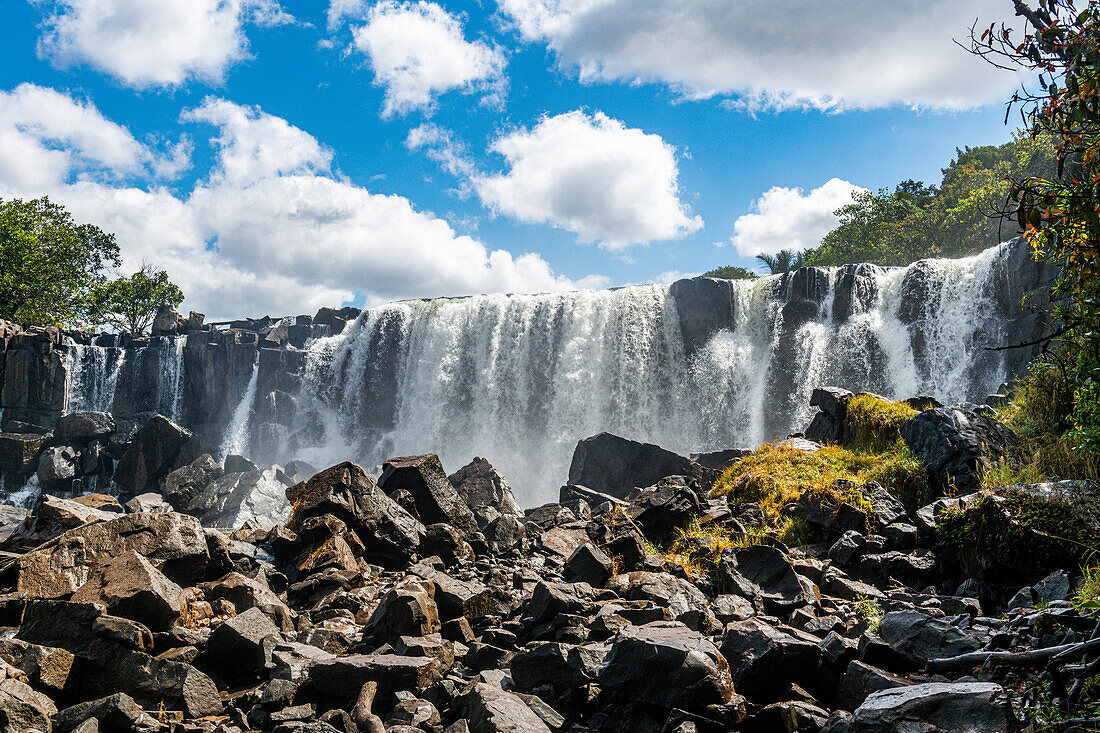Mombasa Island is Kenya’s second largest city and is a prime Kenyan holiday destination mainly because of its strategic location on the shores of the Indian Ocean. The weather is generally hot and humid with not many variations throughout the year. Visitor activities tend to centre around aquatic activities, with Mombasa being a prime location for water sports and beach lovers. Some of the top beaches include Diani Beach, Nyali Beach, Bamburi Beach and Tiwi Beach. History buffs can explore Fort Jesus and the lively Old Town.
Mombasa is charming and full of character. It is more ethnically diverse than Nairobi, though the Swahili culture stands out more than others.

SWAHILI CUISINE
Swahili cuisine is arguably the best in Kenya and the good is always accompanied by exotic Swahili spices. The food in Mombasa will undoubtedly be one of the best parts of your visit. The most common Swahili food is rice dipped in coconut milk known as ‘wali’ and ‘pilau’ served with a thick spicy meat stew. Others to try include chicken or beef biryani, viazi karai, mahamri, mishikaki and so on. Fish and seafood are also abundant in the coastal city.

SWAHILI CULTURE
Mombasa has a dynamic cultural heritage thanks to the Swahili people. The city was a trading centre that attracted visitors from all over the world with the Arabs, Indians and the Portuguese being the main traders. The influence of these settlers is still evident today, most especially Arab influence. Intermarriage occurred amongst the various groups – numerous indigenous tribes and settlers – thus giving birth to the Swahili people and its culture over time.
Swahili culture is somewhat conservative, something which is reflected in the dress codes of many locals. You may not be expected to a restrictive dress code but make a note of dressing conservatively when visiting mosques and during religious holidays.
Art and music are also significant in the Swahili culture. The designs you will see on the furniture, personal adornments, and architecture are mostly geometric. As for music, the standout genre is taarab which, is sung in Swahili though it has Arab and Indian influences.

OLD TOWN
A few meters from Fort Jesus is Old Town. Old Town has different types of architecture that highlight the presence of the former colonial rulers. It’s where tourists get to see the fascinating Swahili doors. These doors have intricate and detailed designs that emphasise the rich taste of the Swahili sultans that controlled the Mombasa port. They were and still are a sign of wealth.
You will see Arab style balcony railings sitting next to what was once the British government building. Funny enough, there is a street that used to be a border that separated Portuguese and Arab territory in Kenya.
You can take in a tour of Old Town tour, which lasts a few hours. Later, you can stroll through the narrow alleyways, snack at one of the cafés, then shop for spices, fragrant oils, souvenirs, and antiques before calling it a day.

FORT JESUS
Built in the 16th century, Fort Jesus stands tall at the edge of the Indian Ocean. One cannot miss the Portuguese canons that protrude from the walls of the Fort, looking toward the ocean. It has underground passages, and the lofty gun turrets within the building pay testament to the intense battles that lasted hundreds of years between the Shirazi Arabs and the Portuguese army that wanted control over the town. The fort also houses a museum with artefacts from the slave trade era.
For history enthusiasts, it is imperative that they take a guided tour of Fort Jesus.

WATER SPORTS
From scuba diving, jet skiing, surfing and glass bottom boats, Mombasa has its fair share of water sports and water-based attractions.
The best time to dive in Mombasa is between October and February when the weather is past the cold season that comes mid-year. Whether you are a certified PADI or it’s your first time diving, Mombasa comes with excellent diving experiences at the Mombasa Marine Park, one of the biggest diving destinations in Kenya. In addition to diving, the marine park has pristine waters of the Indian Ocean, sheltered lagoons, mangrove, and white sandy beaches.
You can also rent a jet ski with a guide and ride across the ever blue Indian Ocean. The guide will make sure you learn a lot about marine life when you book the glass bottom boat tour. Have you experienced underwater coral life so close making what you see on Nat Geo look like child’s play? Visitors are treated to the sights of several types of fish and massive turtles in their natural environment.
Other water activities to check out include sailing, kayaking, fly boarding, full day dhow cruises, snorkelling, and dolphin spotting.
